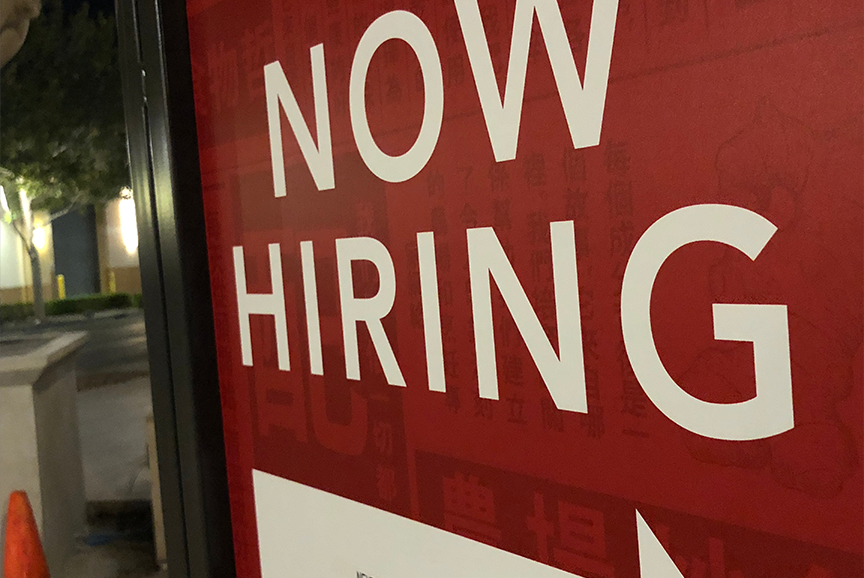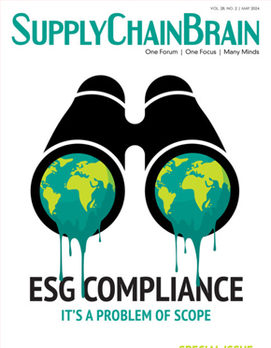
The Great Resignation is rearing its head across nearly all industries. Throughout the pandemic, employees advocated for reform in the workplace. They were motivated by rigid scheduling, income volatility and a lack of proper worker support —all red flags that were evident long before the current crisis hit.
LinkedIn economist Guy Berger has confirmed that the job market appears tightest for workers without a four-year degree, and seeking lower, hourly wage roles. Trade and transportation had the second highest quit rate in September, with 3.6% of the workforce leaving, followed closely by manufacturing at 2.7%
A divide has opened up in the post-pandemic workforce — one that’s essential to understand. Here are three myths, and three corresponding imperatives, to help supply chain professionals re-engage with competent and eager hourly employees.
Myth: People just don’t want to work. There’s never been a more distinct dichotomy between work and life priorities. Caregiving needs have skyrocketed in families, with a lack of access to normal support. International borders have been closed to immigrant and foreign workers, reducing applicant pools to a fraction of their normal size. When in-person work was put on hold, many lower-wage workers whose families were in a vulnerable financial position sought training and re-skilling opportunities. All of these factors have a much larger impact on the current labor shortage than any stimulus-related disincentives, or a simple unwillingness on the part of individuals to get back to work.
Must-do: Offer autonomous scheduling. The first thing supply chain leaders need to do to re-engage their flexible workforce is put the power of scheduling back into employees’ hands. Traditionally rigid approaches will soon be eclipsed by more flexible offerings. Many great workers might not want to work 40-60 hours a week; employers who require everyone to do so risk missing out on a large portion of the labor pool.
Employers can use digital platforms to ensure that each employee is in charge of their own shift work — they can join the team when they want to, and return to work if they’d like. And with more frequent payments, hourly workers will quickly see and trust the returns of their labor. For companies able to make those changes, the result is a more loyal, motivated and consistent contingent workforce.
Myth: I’m paying more than I used to — or above minimum wage — so my pay rate isn’t a problem. The cost of an hour of labor has changed. To create a pipeline of eager and competent workers, employers need to offer rates that are competitive relative to the changing average in their industry. Competition between industries that didn’t traditionally compete for labor (such as fulfillment centers versus hotels), combined with an uptick in safety concerns and increased responsibilities within a worker’s personal life, have resulted in a changed sentiment regarding hourly rates. While boosting benefit offerings can be an impactful, wage improvements are the differentiating factor that will create applicant interest. Without a baseline increase, benefit offerings will go largely unnoticed.
Must-do: Extend transparent and competitive wages. It’s important that employers make sure they’re paying market wages, advertising those wages and being transparent around bonus compensation. Often job listings offer a range rather than a specified hourly rate. Workers then assume that the employer will pay them the lowest number on the range, preventing many from applying even if most candidates are offered the mid- to high end of the range.
Employers should choose a number and stick with it for hourly roles. In addition, details regarding a retention or signing bonus should be included in the job posting. Many employers are offering bonuses that aren’t legitimate, and hourly workers are on the lookout for those empty claims. For example, some employers offer a signing bonus that's contingent on an employee staying for six months with perfect attendance. That might be an incentive, but it isn’t a signing bonus.
Myth: I’ve been hiring for years without problems — there's no issue with my application process. Many employers have outdated hiring processes for their hourly roles. For example, they will require a resume, separate electronic application form, drug test, background check and multiple interviews before hiring a candidate. Additionally, job listings often don’t communicate basic parts of the job such as work address, hours or pay until the worker has invested many hours in the job search process.
When it’s as easy to find work as it is today, this is a losing proposition. Many employers are now moving to instant job offers, with all details of a job communicated prior to application.
Must-do: Communicate all job details, and remove barriers to applicants. Job postings that specify the worksite, shift hours (outlining the different shifts available if details are unknown), pay and benefits will be the ones that capture candidates’ attention. Recruitment teams and employers should also ensure that applicants aren’t submitting a resume if they don’t have to, and aren’t filling out a second electronic form in cases where a resume is required. Before hiring, teams should decide what information is necessary for simple, hourly work. Candidates prove themselves out on the floor, not with extensive interviews and reference checks, which are subjective and ineffective methods of vetting for roles.
Supply chain leaders know that change is needed, but their efforts must be concentrated in the right direction. The problem at hand isn’t a general unwillingness to work, but a need by workers for autonomous scheduling and unpaid time off to balance their work and personal lives. A general wage raise won’t be enough; employers need to offer compensation packages that are competitive relative to the changes across multiple industries. And offering more flexibility won’t increase employee turnover; it’s flexible offerings and frequent payments that will keep talented workers coming back.
Steve Anevski is co-founder and CEO of Upshift, a staffing platform that connects businesses with pre-vetted W2 employees.







